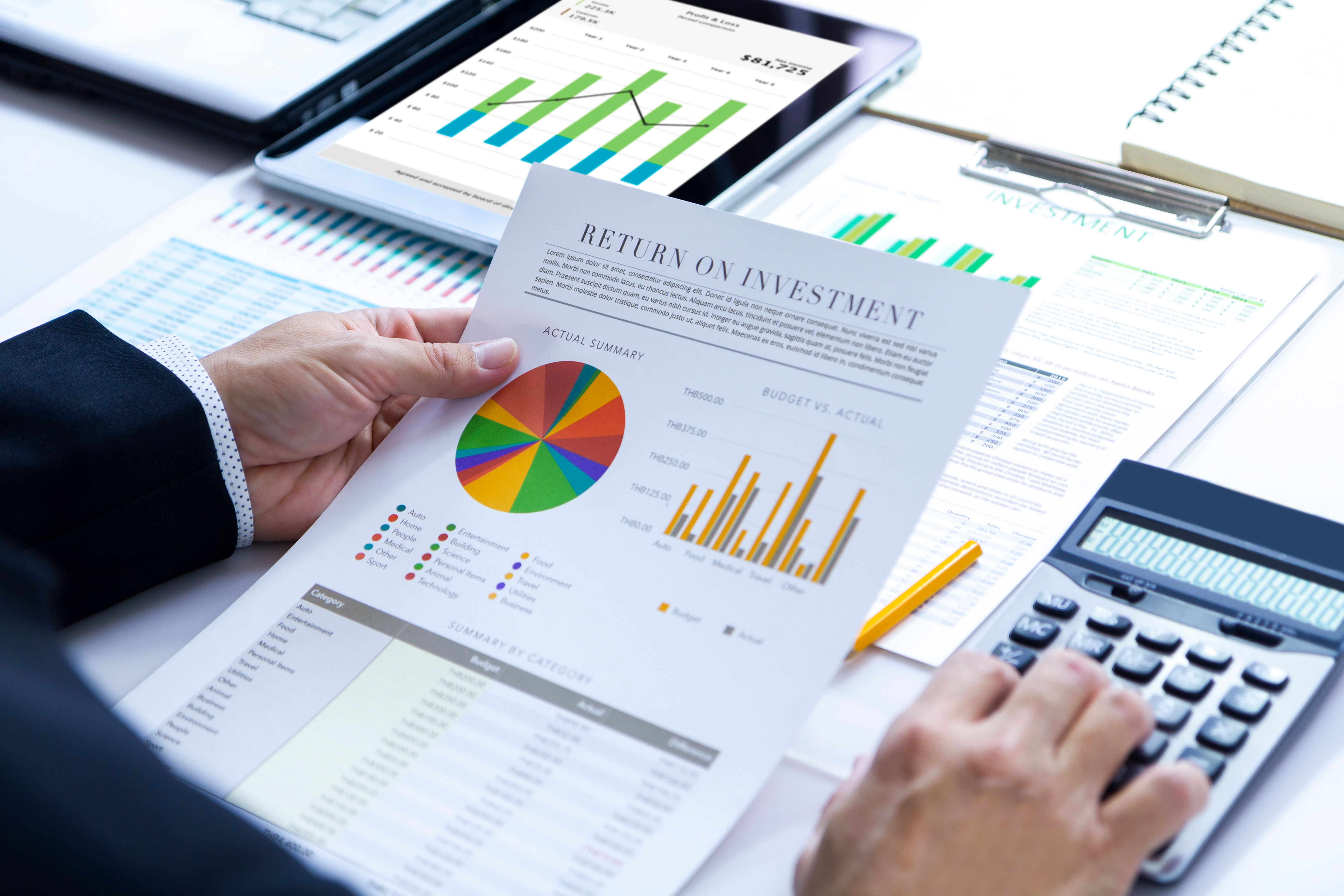In general, investment is an action or activity carried out by someone to place funds or resources into an asset or project with the hope purpose of getting a profit in the future.
In a financial context, investment is a way to allocate funds so that they can grow or generate additional income. This investment can include various types of assets.
Types of Investment and Examples
There are various types of investments to choose from, each with different characteristics and risks. Here are some types of investments along with their explanations and examples:
1. Shares
Investing in stocks means buying partial ownership of a company. Shareholders have the right to a share of the company's profits and voting rights in the company's decision-making. For example, buying Apple Inc. (AAPL) shares on the stock market.
One of the main advantages of investing in stocks is the potential for high capital growth. Shares of a growing company can increase in value over time, which can result in a profit for investors when they sell the shares at a higher price than the original purchase price.
In addition, many companies pay dividends to their shareholders as part of their profits. These dividends can provide passive cash flows to investors, either to be used as additional income or for reinvestment in the same or other shares.
2. Bonds
Bonds are debt instruments or loans issued by companies or governments as a way to raise funds in exchange for interest paid periodically and the return of principal at the end of the maturity period.
Bondholders have a claim on periodic interest payments and the return of principal at the end of the maturity period.
One of the main reasons people invest in bonds is to earn a steady income. Bonds are therefore often considered as a more stable investment compared to stocks due to the promised interest payments and return of principal. This makes them an attractive option for investors who are looking for reliable income. For example, buying US Treasury Bonds.
While there are significant advantages in bond investing, it is important to remember that no investment is risk-free. Bonds also come with risks such as credit risk, interest rate risk, and inflation risk.
3. Property
Property investment is an investment in the purchase or ownership of property with the aim of earning returns through property value appreciation or rental income. Property investment has several reasons that make it attractive to many people, such as the increase in asset value. Given that property tends to increase in value over time, especially if it is strategically located and there are infrastructure developments around it. This makes it a promising long-term investment.
In addition, investment in property can also generate passive income through leasing. By buying a property to rent out, you can receive a regular cash flow every month from the tenants. For example, buying an apartment to rent out to tenants.
However, it is important to remember that property investment also comes with risks, including liquidity risk, maintenance costs, the risk of tenants not paying rent, and market fluctuations. Before making a property investment, it is important to do thorough research and consider these factors.
4. Mutual Funds
Mutual funds are investment products that pool funds from various investors and invest them in a diversified portfolio of stocks, bonds, or other assets. For example, buying units of an equity mutual fund allocates funds into various company stocks.
There are various types of mutual funds available, so choose one that suits your investment objectives, risk tolerance, and time horizon. Don't forget to choose a reputable and credible mutual fund manager. Research the past performance of the mutual funds they manage, the associated fees, and their investment philosophy.
5. Commodities
Investing in commodities involves buying and selling physical commodities or futures contracts representing those commodities. The value of commodities can be affected by factors such as global demand and supply.
For example, you buy physical commodities directly. For example, you may buy you’re buying a physical commodities such as gold, silver, crude oil, or grains like corn or wheat. Once you've purchased a physical commodity, you can either store it yourself or keep it in a safe deposit box or secure storage facility.
Before investing in commodities, it is important to do careful research and understand the risks and potential returns of the investment. Commodities can experience significant price fluctuations and carry different risks depending on the type of commodity. In addition, you should also consider the costs and taxes associated with investing in commodities.
6. Cryptocurrency
Cryptocurrency or crypto is a digital asset that uses blockchain technology to secure transactions and create additional units. Investing in cryptocurrencies is currently still an interesting topic for many investors. However, it is important to understand that investing in crypto carries a high risk and requires a good understanding of the market and the underlying technology.
When investing in cryptocurrencies, it is important to do careful research, understand the risks involved, and only invest funds that you can afford to lose, given the high level of volatility.
It is also important to choose a trusted and secure trading platform or digital wallet to protect your crypto assets. For example, buying Bitcoin or Ethereum as a speculative investment or for portfolio diversification purposes.
7. Forex (Foreign Exchange)
Forex involves trading foreign currencies on the foreign exchange market. Investors try to profit from fluctuations in exchange rates between currencies. For example, buying US dollars and selling euros when the dollar strengthens against the euro.
A common step to start investing in forex trading is to understand the system. Before starting forex trading, it's important to understand the basics of the forex market, including the mechanics of trading, factors that affect price movements, different trading strategies, and the associated risks. If necessary you can even take courses, read books, or use online resources to improve your knowledge of forex trading.








